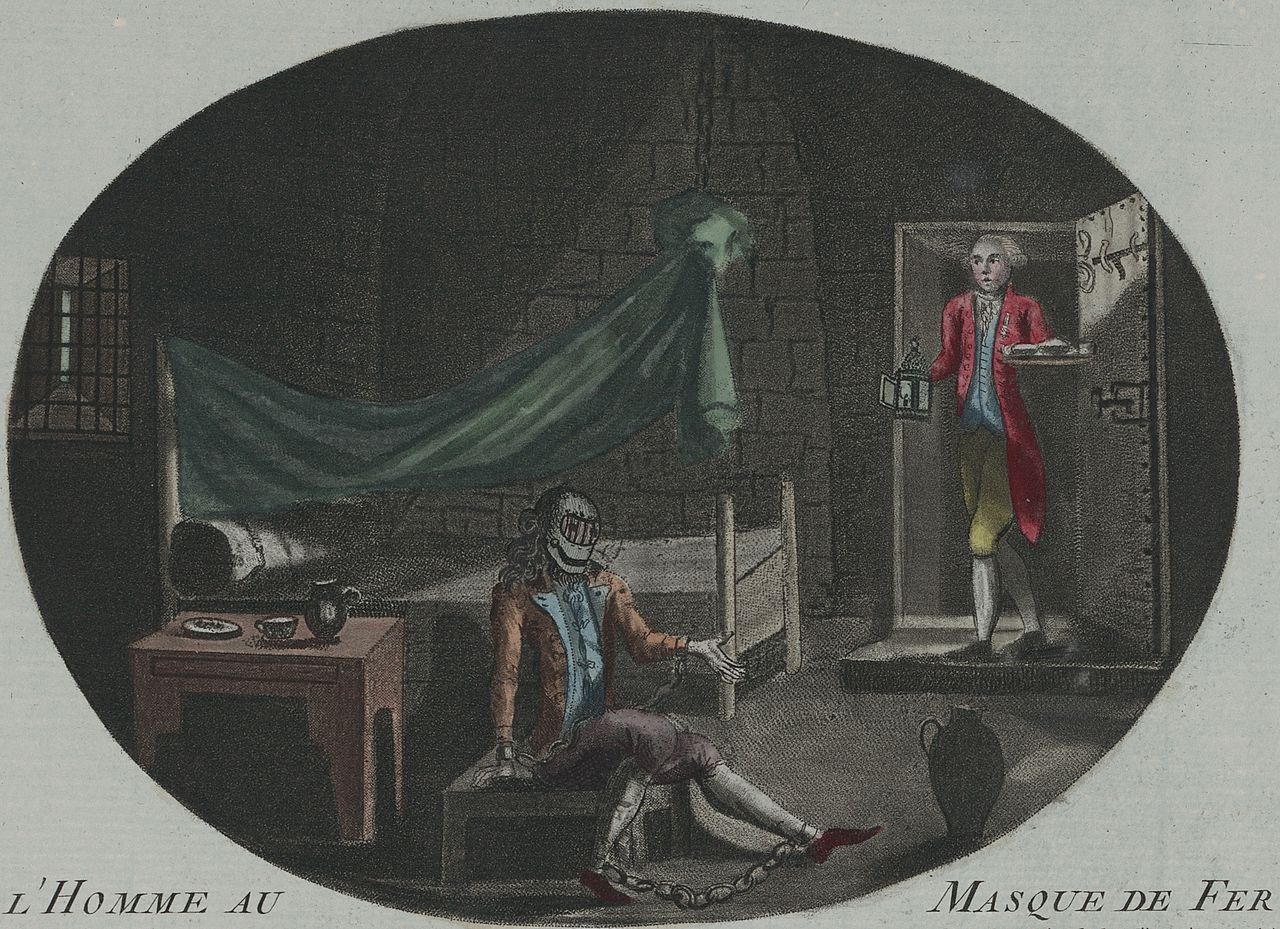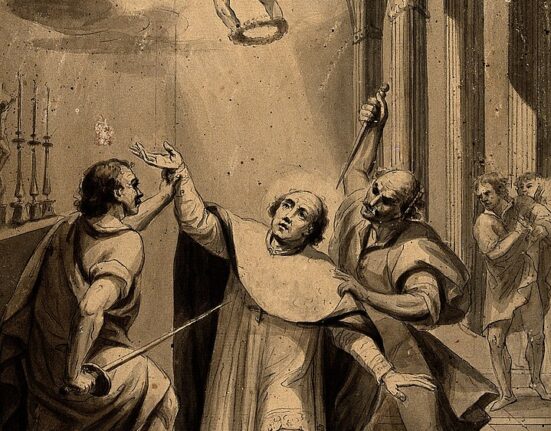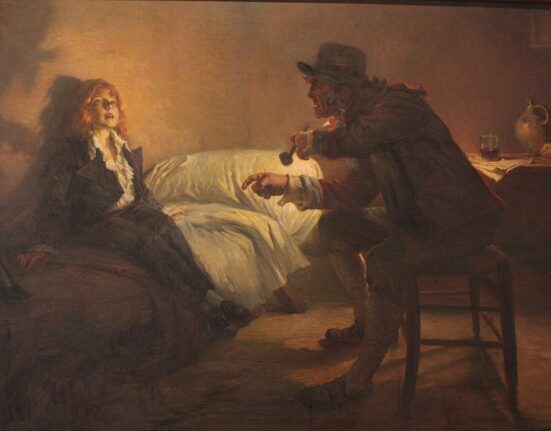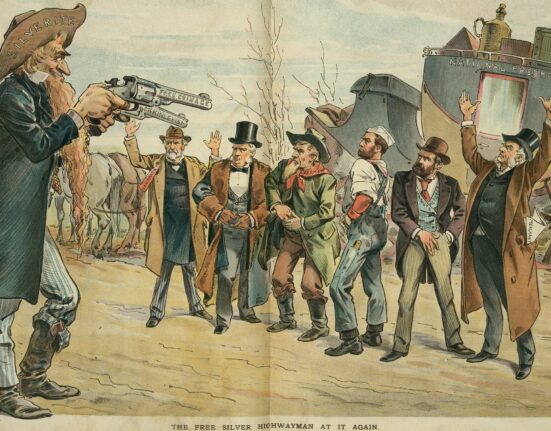The author of The Three Musketeers, Alexandre Dumas, wrote several books which fictionalized the lives of French nobility during the seventeenth century. One such novel, a sequel to The Three Musketeers which follows the life of Louis XIV, is entitled “The Vicomte of Bragelonne: Ten Years Later.” From this novel, which is often split into many different volumes, comes the most popular version of the legend of the “man in the iron mask.” Dumas’s version of the man in the iron mask story was even adapted into a 1998 film entitled, aptly, “The Man in the Iron Mask.” What readers of Dumas or audience members for this film may not have known, however, is that the man in the iron mask is a shockingly true story with a mystery which remains unsolved to this day.
More Mysterious History: Five of the Greatest Unsolved Mysteries in History
The Iron Mask According to Dumas
In Alexandre Dumas’s version of the man in the iron mask story, the young King Louis XIV ascends to the throne and around the same time one of Dumas’s characters discovers a prisoner within the French court whose face is, at one point in the story, concealed by an iron mask. It is discovered that the prisoner was locked away as a child and knows little about why he is imprisoned and his family history. The young man is revealed to be Phillipe, the twin brother of Louis XIV, who has been imprisoned and kept secret from everyone except his parents and a few select confidants. Aramis, one of the titular “musketeers” and protagonists of the book, decides that Phillipe would be an easy pawn to control and would give him power over the French monarchy. So begins a plot to install Phillipe as king in his twin brother’s stead. The story never reveals why Phillipe’s parents chose to imprison him over his brother. (1)
More Literary History: Who is Calafia? The Forgotten Literary Origins of the State of California
The Truth in the Fiction
Alexandre Dumas’s novel is a tangled web of courtly intrigue and cloak-and-dagger mystery. Shockingly, it is based in truth. So what is the true story of the man in the iron mask? Supposedly arrested in 1669 under the name of Eustace Dauger, the man in the iron mask likely never wore an iron mask at all. Over the course of the thirty-four years during which this mysterious man was imprisoned, it is rumored that his face was kept covered by a velvet mask.
While records do suggest that this prisoner was seen wearing such a mask over his face, it actually seems that he most likely only wore it during the periods where he was being transported between prisons. He was incarcerated in at least four prisons including the infamous Bastille.
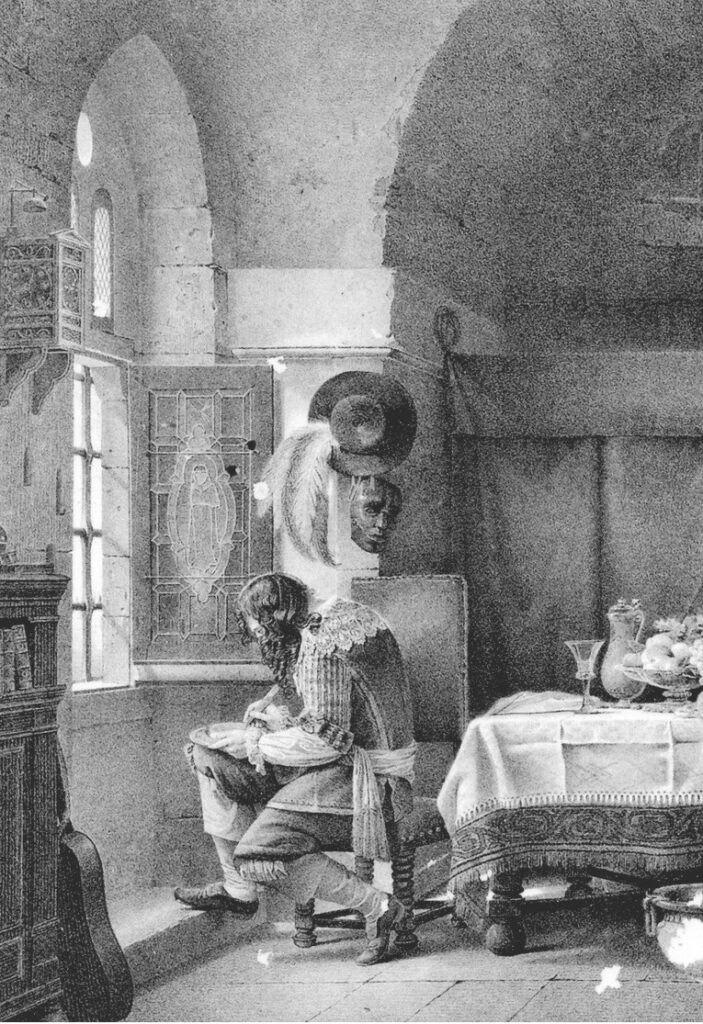
During his incarceration, “Eustache Dauger” was kept under close watch and special instructions were given to prevent eavesdroppers listening in on his conversations with his jailer. The man in the mask was also reportedly given strict instructions to speak only of his immediate needs. If he revealed any other information or spoke out, he would be killed. It is easy to imagine why such a bizarre and sensational mystery would inspire later storytellers. (2)
More French History: Louis XVII: The Lost Dauphin
Who is the Man in the Iron Mask?
According to Louis XIV’s minister, “Eustache Dauger” was merely a valet. Oddly, though, no reason was ever given for his imprisonment. Odder still is the fact that in the minister’s letter in which the prisoner is given the “Eustache Dauger” name, the name is written in a different hand than the rest of the letter’s content, suggesting that it was added in later. Some historians believe that the man in the “iron” mask really was a valet by the name of Eustache Dauger and that he was imprisoned for knowing something that would have been detrimental to the nobility. He is theorized to have perhaps overheard something scandalous. (3)
An interesting detail of the valet theory is the fact that “Dauger” did actually serve as a valet to his fellow prisoner, Nicolas Fouquet, Marquis of Belle-Île, who also appears in Dumas’ novel. “Dauger” was allowed to serve as Fouquet’s valet only under the condition that nobody but Fouquet would see him. This was likely deemed acceptable because Fouquet himself was never expected to leave the prison. The secrecy involving “Dauger” does muddy the water a bit, but his role as a valet within the prison seems to support the idea that he may have simply been a valet by the name of Eustache Dauger
This explanation is unsatisfying for a few reasons. Chiefly, the man in the mask was interred under the name of “Marchioly” when he died in 1703 at Bastille. This new name is the source of quite a few theories regarding the man’s identity.
More Bizarre History: Why is There a Stuffed Crocodile Hanging in This Italian Church Building?
Possible Identities of the Man in the Iron Mask
One popular theory, the one which seems to have inspired Dumas, is that the prisoner was a secret relative of the French King Louis XIV. Louis was conceived after his parents had been married for twenty-three years without producing a living heir. This miraculous birth has suggested to some that one or both of his parents may have had fertility issues. On this note, it has been suggested that the man in the mask was alternatively a secret half-brother conceived with his mother and another man, or a secret sire who stepped in to father Louis after his father was unable to produce an heir legitimately. Both of these theories would explain some of the secrecy, however neither are backed by anything solid and neither explain the pseudonyms attributed to the prisoner.
Another theory posits that the prisoner was an Italian diplomat named Count Ercole Antonio Mattioli. Mattioli leaked French diplomatic secrets to France and was thrown into prison as a result. While his name matches closely enough to “Marchioly,” Mattioli is unlikely to be the true answer to this mystery on account of the fact that Mattioli died over a decade prior to the recorded death of the man in the mask. He is also not recorded to have been kept at Bastille. Still, though the timelines don’t match, Mattioli is still held by some to be a likely candidate. (4)
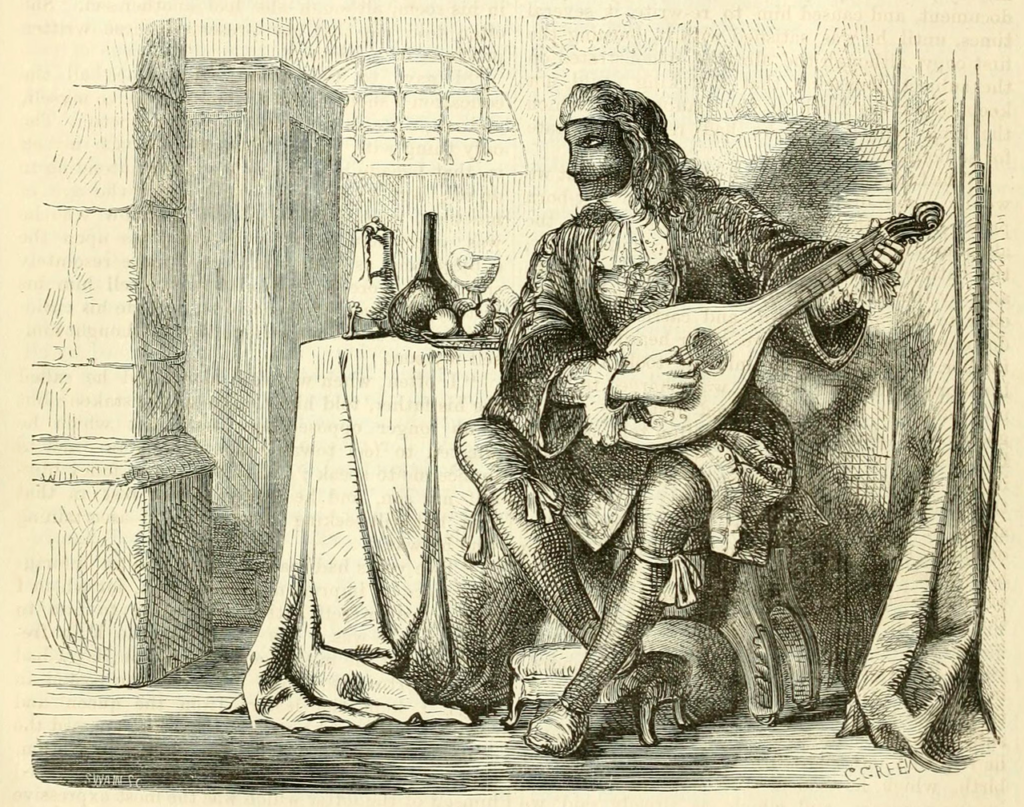
Other theories suggest that the man in the mask may have been a disgraced French general or even a foreign nobleman. One such theory suggests that “Marchioly” was the illegitimate son of the Spanish monarch, Charles II. The theory which seems tantalizingly promising is that of Eustache Dauger de Cavoye. The son of one of Louis XIV’s mother’s ladies-in-waiting, Eustache Dauger de Cavoye is alleged to have been involved in a number of events which served to embarrass the French monarchy. Several instances of public drunkenness and violence mar the reputation of this individual. He is said to have killed a young page in a drunken brawl, to have publicly eaten pork on Good Friday, and to have been involved in L‘affaire des Poisons, a scandal by which many French nobles were accused of holding “Black Masses.” This infamous scandal involved accusations of witchcraft and murder. It eventually led to more than thirty executions.
Although this Eustache Dauger seems like a very close fit, this theory is plagued by the same issues as the Mattioli theory. Namely, Eustache Dauger de Cavoye was already incarcerated at a prison asylum called Saint-Lazare during much of the man in the mask’s incarceration. From at least 1668 to 1680, years during which the man in the mask is confirmed to have resided as the prison in Pignerol, this Eustache Dauger was recorded at Saint-Lazare.
More Fascinating History: Elmer McCurdy: The Six Million Dollar Mummy
Final Thoughts
This is what makes the story of the man in the “iron” mask such a juicy mystery. Each theory seems to answer for one detail while contradicting two more. At the end of the day, the identity of this character will likely never be certain. It is evident, at least, that the French monarchy had a vested interest in keeping him secret for the last thirty-four years of his life. It is impossible not to wonder what crime inspired such secrecy and intrigue.
More Unsolved Mysteries: What Was the Mysterious Sweating Sickness Which Terrorized Tudor England?
